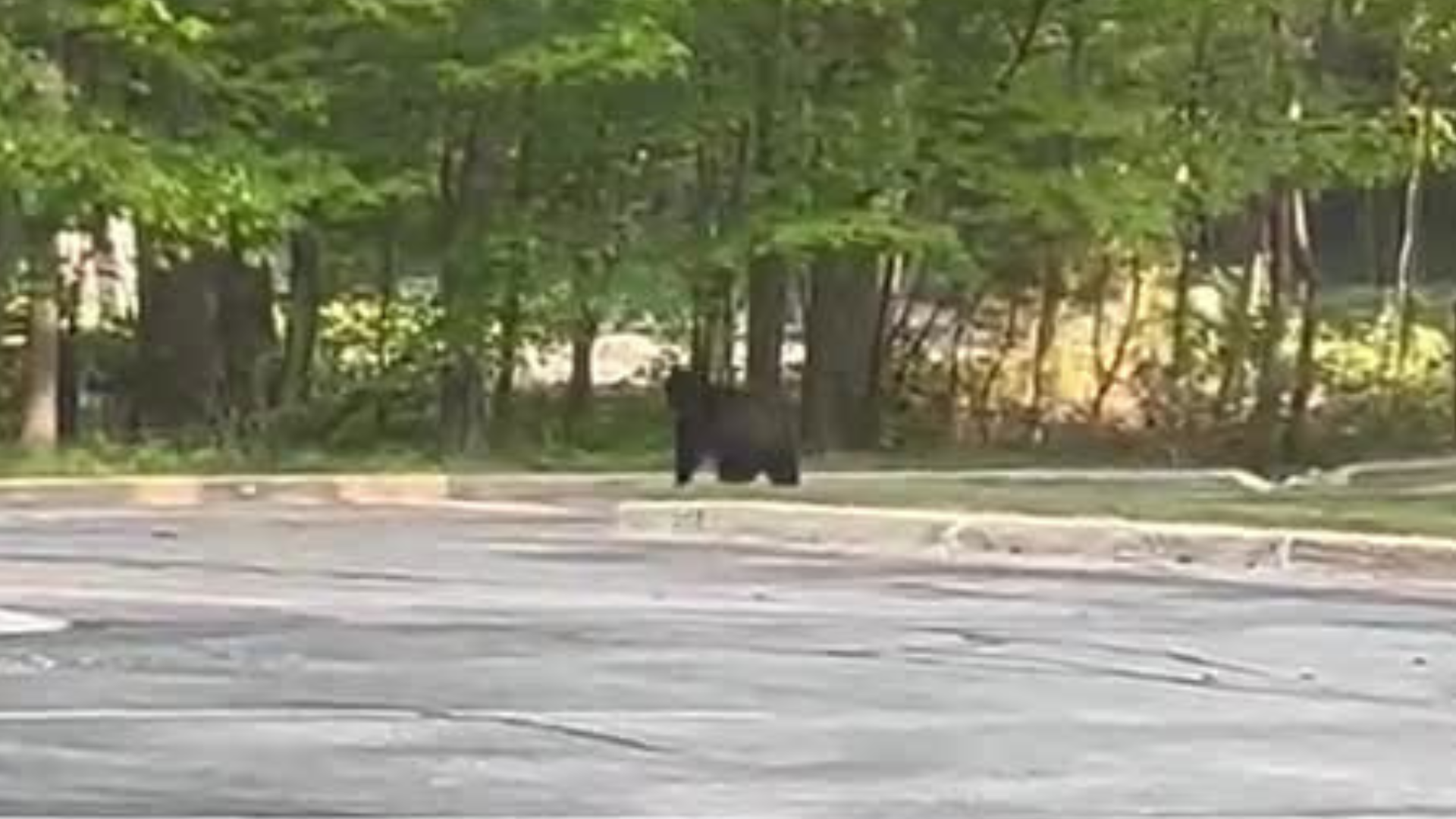In the aftermath of the Friday, May 20 tornado and severe storms, the Michigan Department of Environment, Great Lakes, and Energy (EGLE) has some guidance on how to manage debris.
From dealing with immediate hazards to finding disposal options, EGLE is urging resident to follow these guidelines set by the state:
- After evacuation, be sure to check with local authorities before returning. Upon arrival at the property, conduct a visual inspection to check for any downed power lines.
- Itemize items on property, with special attention to hazardous materials such as paint, motor oil and solvents. For a list of common types of household hazardous waste and local household hazardous waste collection contacts, .
- Use caution when walking through obstructions or large debris piles to avoid hidden hazards, such as nails and other sharp objects.
- Residents and business owners should treat storm-related construction and demolition debris as potentially containing asbestos, and maintain it in a wet condition until disposal. For information on how to handle asbestos waste, .
- Debris from homes and businesses should be collected for disposal. This includes structural materials, roofing, insulation, siding, appliances, carpet, furniture and other household items. Otsego County will coordinate mass debris collection and disposal in conjunction with the State Emergency Operations Center. Residents who do not independently manage waste disposal are encouraged to contact local and county municipalities for specific direction.
- Storm-generated woody and vegetative debris such as trees and untreated wood should be sorted and allowed to dry. These items can be chipped into mulch, composted or saved for municipal collection in areas that do so
- Air quality regulations only allow open burning of trees, logs, brush and stumps. For questions about open burning, .
Be safe out there.
© 2023 - 910 Media Group


